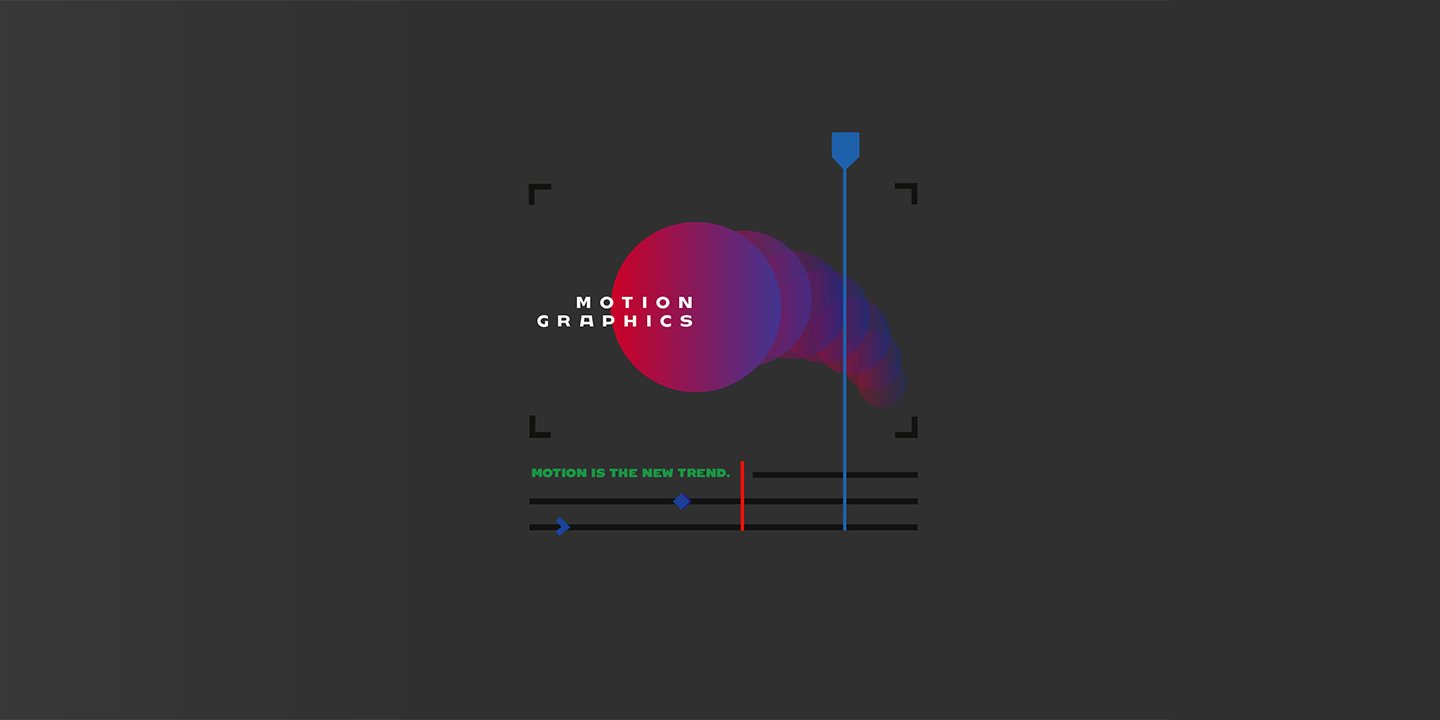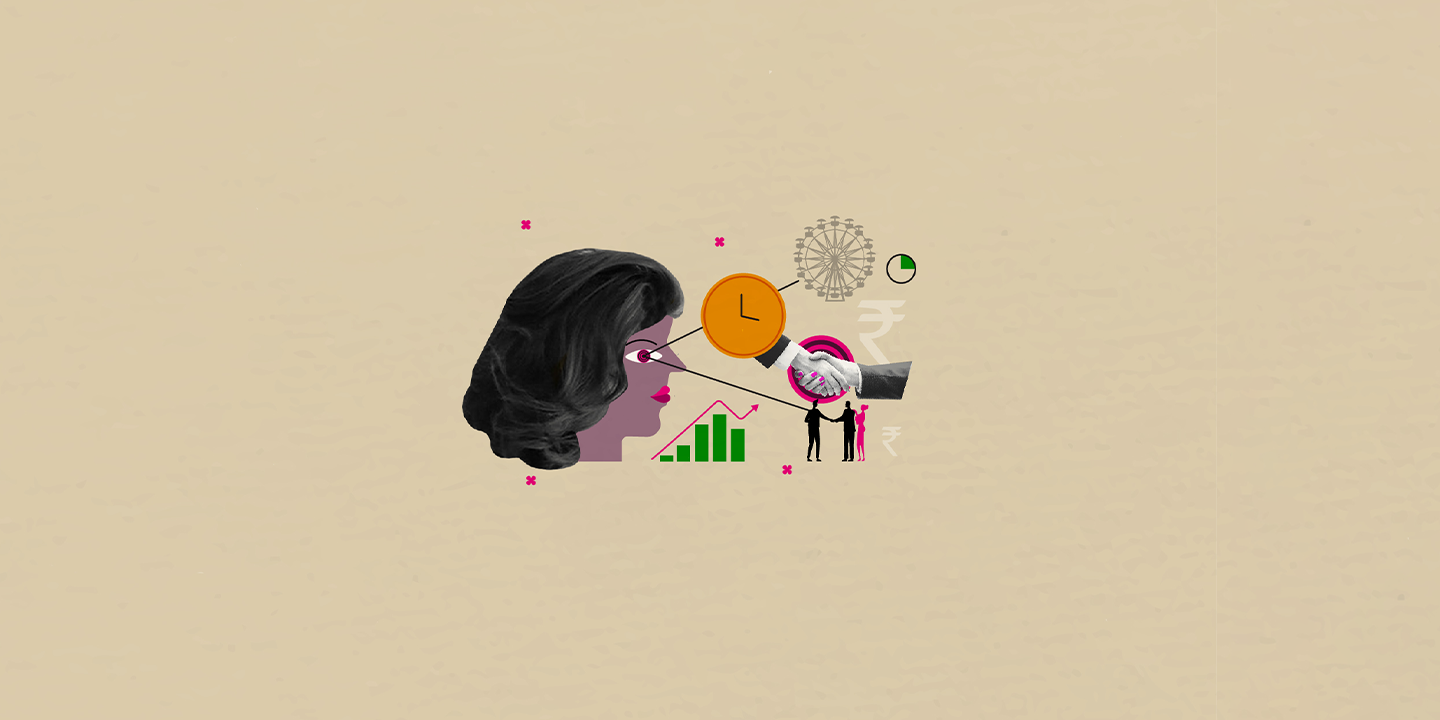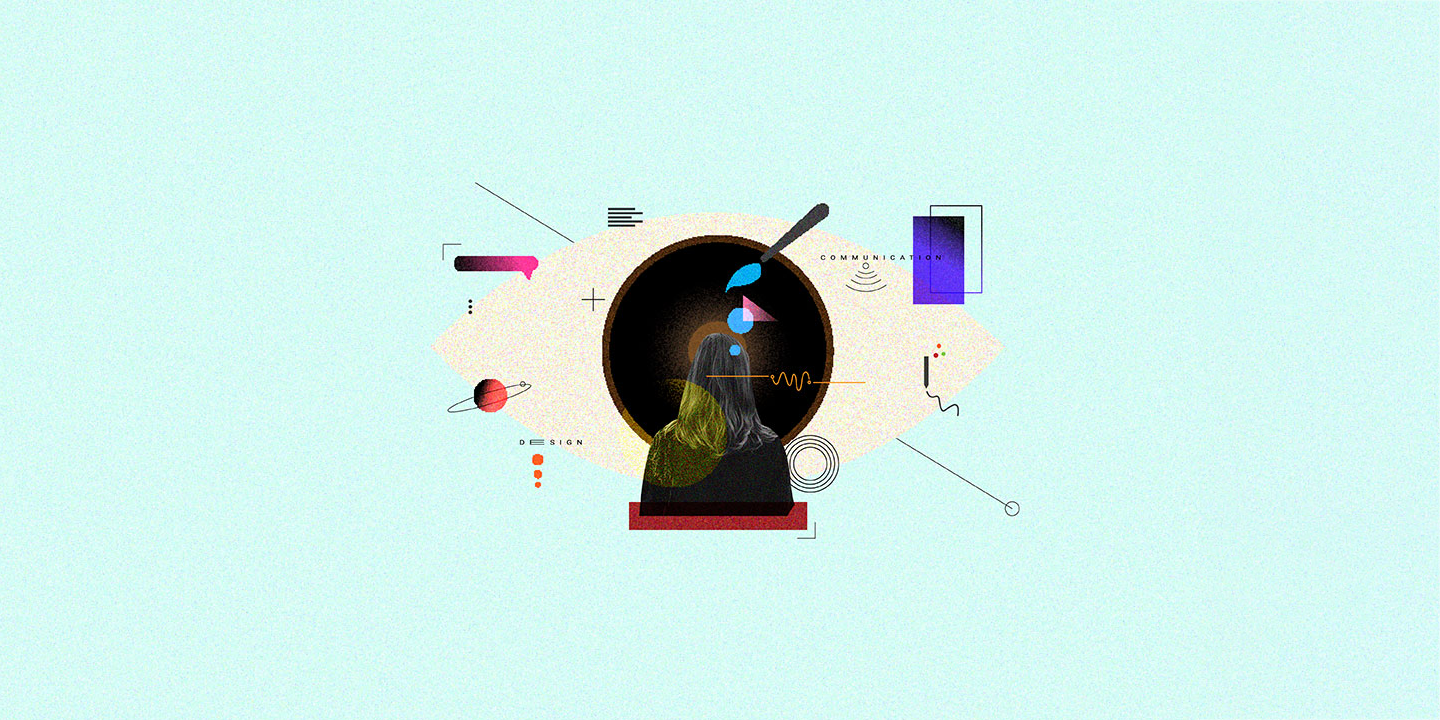Motion is the new trend
Anand Kashyap
01 Dec 2025

People have always been fascinated by moving objects. For decades, we have been consuming image-based content in bulk. The stillness of an image has lost its spark. Not that it is boring, but we have been moving towards a new generation that is filled with animated objects.
We ought to acknowledge the rising popularity of applications such as YouTube which cater only to video-based content. And this is where motion graphics come into play! Motion Graphics can be briefly described as an animated graphic design. It helps a designer or a company to portray itself, attractive, and interactive on its various platforms with visuals and motion graphics. The fluidity represented in a motion graphics content is very aesthetically pleasing. In this way, motion graphics should be the ideal choice for a designer to represent an illustration or a product.
The major concern with the stillness of an image is that it cannot display all the information in just one template. To feed maximum information to the consumer, we need to approach motion graphics. Motion graphics are usually combined with audio, which makes them closer to films than still images. Motion graphics isn't just limited to ‘intros' and ‘outros' of a video, its potential is unlimited. We can use it to convey complex messages creatively.
In comparison to a still image, motion graphics have a certain appeal that leaves its impact on the viewer. Basically, motion graphics are short pieces of animation or digital footage that create the illusion of motion or rotation and are usually combined with audio for use in multimedia projects. It is a time-based visual media format that combines content and graphic design.
Some best practices to incorporate them are title sequences, infographics, and basic animations. It's highly recommended in videos, film, animation, illustration, and music. A video or film of an actual moving object would not be considered motion graphics, unless the footage was integrated with design elements, such as type, shapes, or lines. Motion graphics take graphic design to the next level. It helps brands tell their story quickly, efficiently, and in a format, people want to consume.
In short, it includes everything you see on the TV at the beginning of a news program, cartoons, character animations, animated typography, explosion scenes in movies, and other visual effects. Any creation without using a physical camera is a motion graphic design.
Thanks to social media, we are now consuming massive amounts of content every day. Scrolling is the new norm for people on social media, searching for news feeds, and finding information that is attractive and appealing to them. Motion graphics should be the go-to strategy for any brand to grab the attention of its potential customers. This is why marketers all over the world are using motion graphics to capture their audience's attention successfully.







